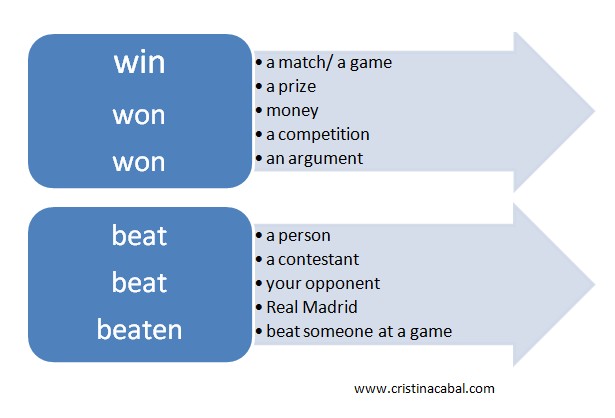Lesson on Food and Eating at Intermediate Level.
- Vocabulary
- Listening Comprehension
- Picture description
- Questions for discussion
- Writing
STEP 1. VOCABULARY. You can download the pdf here.
To talk, you need words. These are the words I think my intermediate students will probably need.
Adjectives
- fresh fish
- frozen lasagne
- low-fat /high fat cheese
- raw fish
- spicy chicken
- takeaway pizza
- tinned meatballs
- ready-made dish
- delicious /nice taste
- it’s nice/ it’s disgusting
- fizzy drinks
- healthy/unhealthy food
- fatty food
Verbs
- to eat out
- to eat sensibly
- to cut down on sugar
- to cut out sugar
- to be on a diet
- to lose weight
- to put on weight
- to order food
- to take vitamins
- to take food supplements
- to try new food
- to contain vitamins and minerals
- to have a balanced diet
Nouns
- (food that is high/low in) carbohydrates “carbs”
- (rich/high – low/poor in) proteins
- (high in ) sugar
- eating habits
- a nutritionist
- fats
STEP 2. LISTENING COMPREHENSION
- At this level, students know what a “vegetarian” is. So write the word VEGETARIAN on the whiteboard and ask students if they know any vegetarians and if they do, what it is like for them when they eat out. Write the word “veggie” and explain that it is another term for vegetarian. Play the listening below, just for fun! It only lasts 36 seconds and it is worth every second of it!
The word “vegetarian” is a blanket term used to describe somebody who does not eat meat, poultry, fish or seafood. But then, within this term there exist different sub-groups. Ask students if they know any of these sub-groups and if they think a diet without meat is better than a diet with it.
- Tell students they are going to do a listening comprehension about the different types of vegetarians.
STEP 3. SPEAKING. You can download the pdf here
- Picture description: Students describe the pictures talking about the topic suggested .
EATING OUT IS NEVER A HEALTHY OPTION. Do you agree?
- Interaction. Students in pairs or in threes talk about the questions elaborating on the answers.
- Is there any food or drink that you couldn’t live without? How often do you drink/eat it?
- Is there any food that you dislike? Which is it?
- What was your favourite food when you were a child?
- Do you eat healthily? Explain
- Do you ever have…
- ready-made food?
- takeaway food?
- Do you prefer to eat at restaurants or at home?
- What’s the best restaurant you have been to?
- Is a vegetarian diet better than a diet that includes meat? Why?
- What kind of diet would you recommend to a friend?
- Eating habits have changed a lot in Spain . Do you agree?
- “An apple a day keeps the doctor away” Do you agree with this proverb?
STEP 4. WRITING
Write an opinion essay on :
Eating meat can cause serious health problems so the best option is to become a vegetarian. To what extent do you agree or disagree?
Check out how to write a for and against essay in my Writing Section here.






